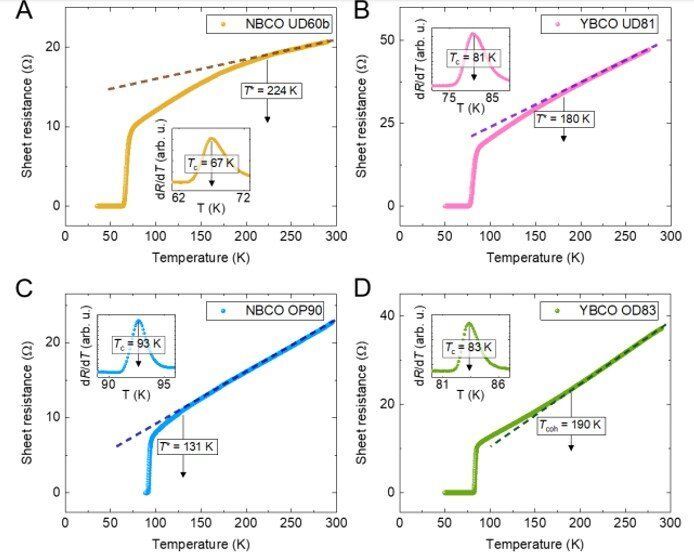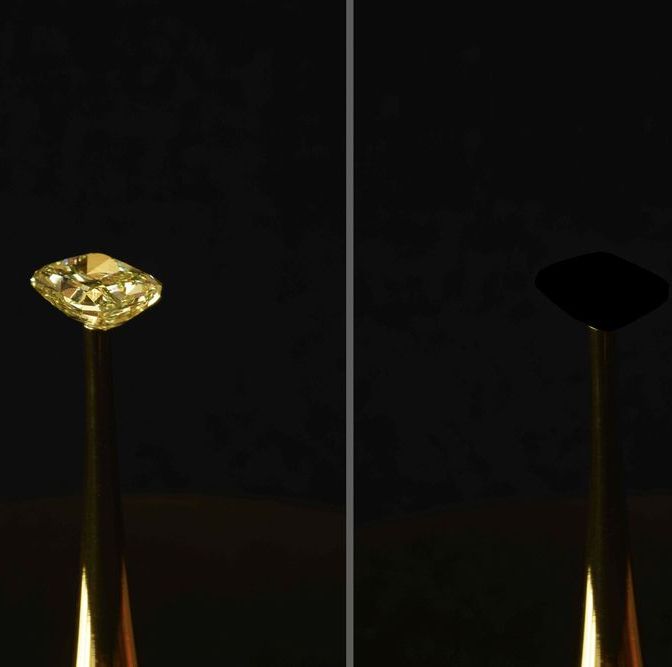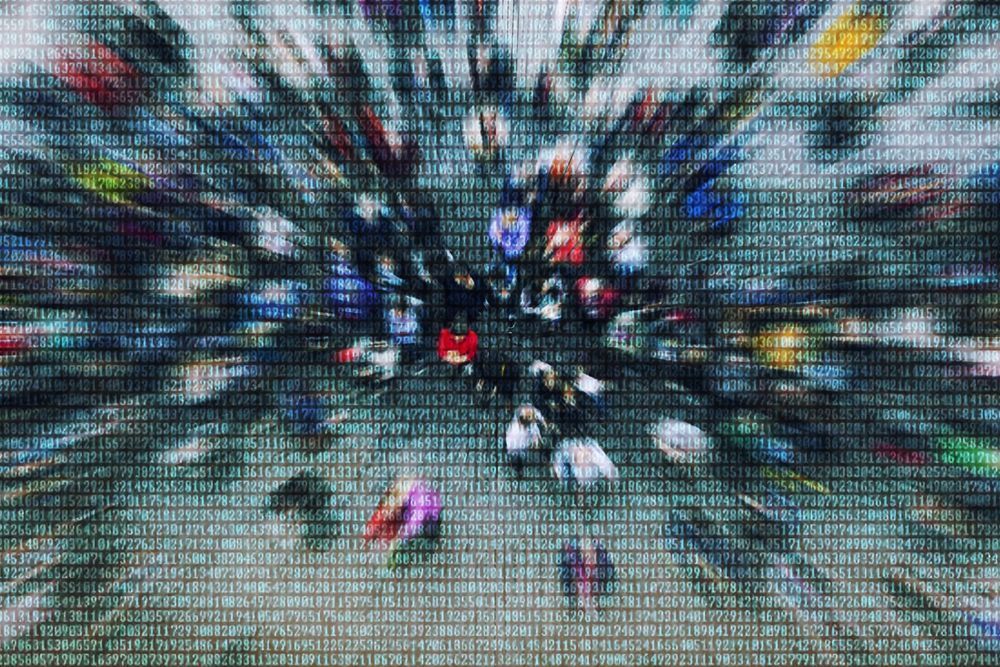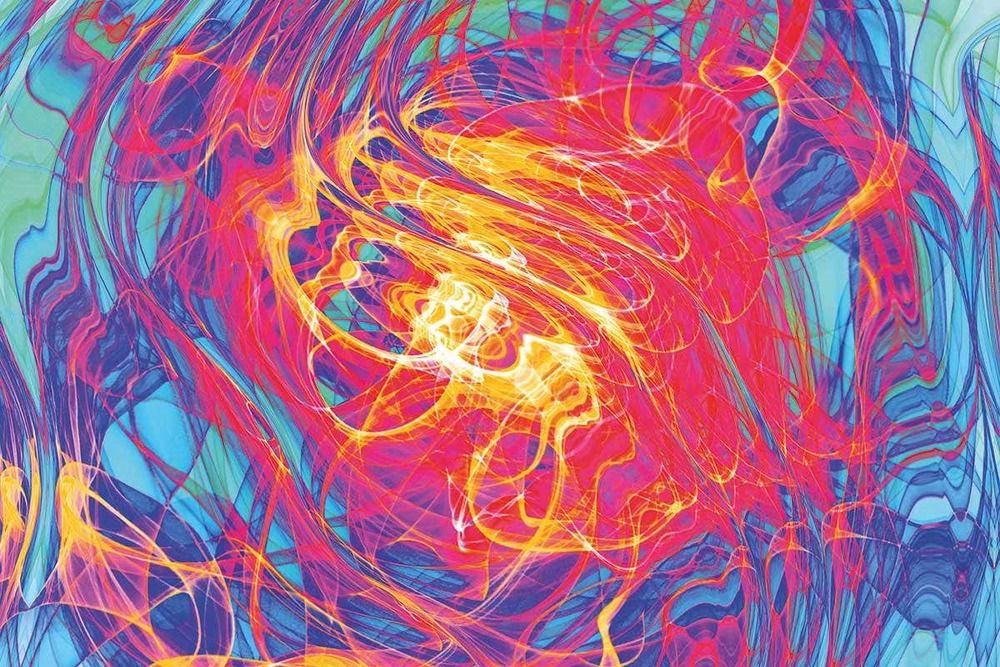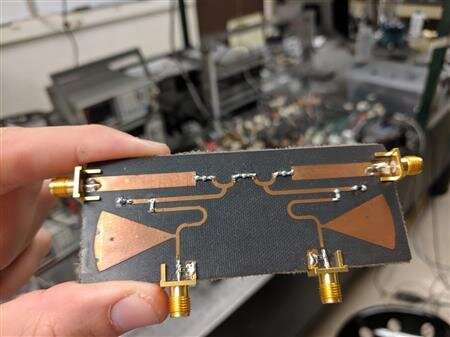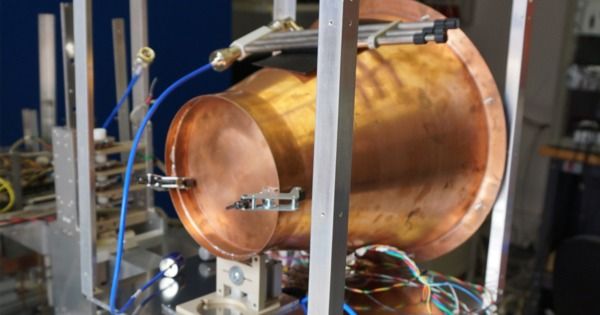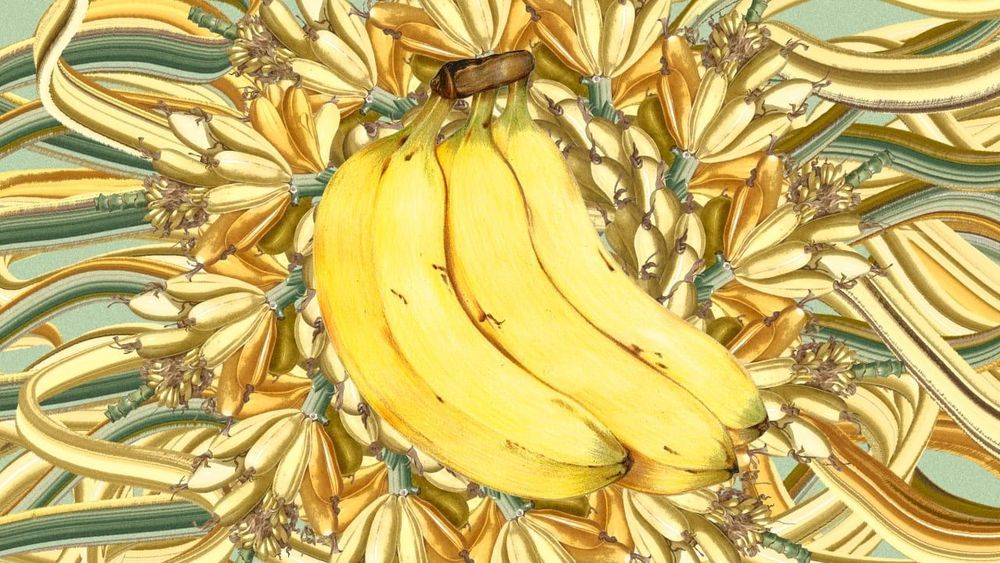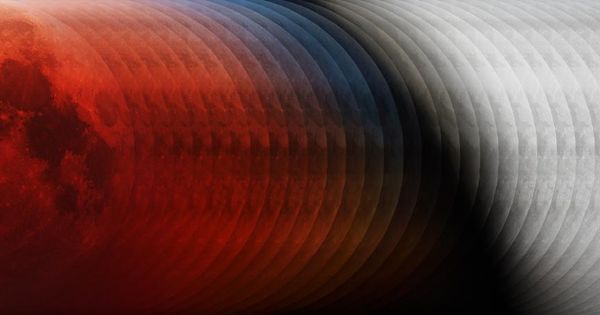Sep 12, 2019
Dynamic charge density fluctuations pervading the phase diagram of a Cu-based high-Tc superconductor
Posted by Genevieve Klien in categories: energy, nanotechnology, quantum physics
Charge density fluctuations are observed in all families of high-critical temperature (Tc) superconducting cuprates. Although constantly found in the underdoped region of the phase diagram at relatively low temperatures, physicists are unclear how the substrates influence unusual properties of these systems. In a new study now published on Science, R. Arpaia and co-workers in the departments of microtechnology and nanoscience, the European Synchrotron, and quantum device physics in Italy, Sweden and France used resonant X-ray scattering to carefully determine the charge density modulations in Yttrium Barium Copper Oxide (YBa2Cu3O7– ẟ) and Neodymium Barium Copper Oxide (Nd1+x Ba2–x Cu3O7–ẟ) for several doping levels. The research team isolated short-range dynamic charge density fluctuations (CDFs) in addition to the previously known quasi-critical charge density waves (CDW). The results persisted well above the pseudo-gap temperature T*, which they characterized by a few milli-electron volts (meV) to spread across a large area of the phase diagram.
Cuprate high temperature superconductors (HTS) are different from the Landau Fermi liquid paradigm due to quasi-two dimensionality (2-D) of their layered structure and large electron-electron repulsion. During optimal doping and the pseudo gap state (states at which less than optimal current carrier concentrations result in anomalous electronic properties), short to medium-range charge density wave order can emerge to weakly compete with superconductivity. Physicists first developed theoretical proposals of CDW and low energy charge fluctuations after first discovering HTS. Subsequently, they developed experimental evidence in selective materials and in all cuprate families. Researchers had observed long-range tridimensional CDW (3D CDW) order inside the superconductivity dome within high magnetic fields that weaken superconductivity or in epitaxially grown (deposition of a crystalline layer on a crystalline substrate) samples.
